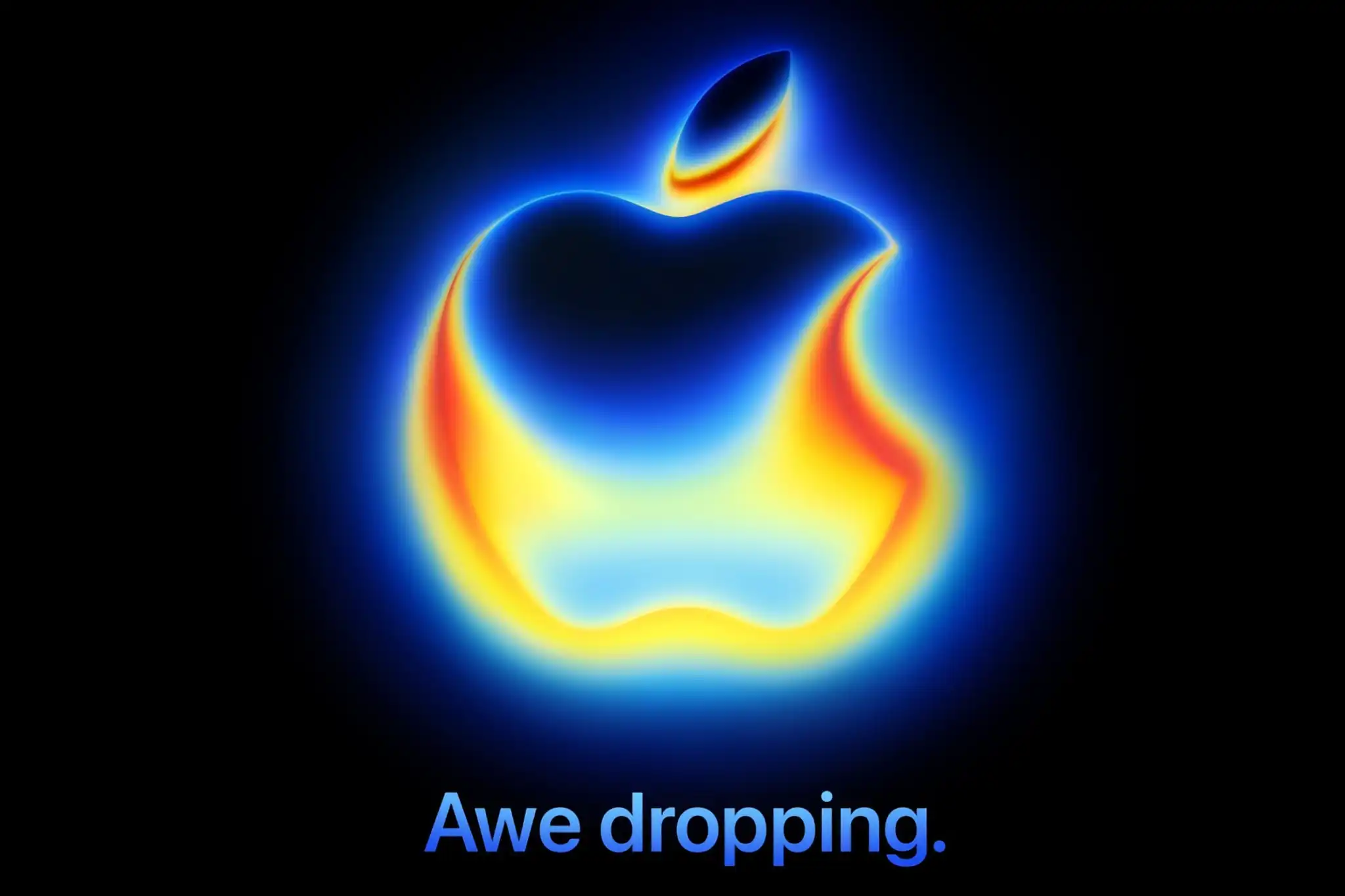Mockusequel tapocalypse
From Barbara Phillips Long, in reference to yesterday's Guardian story "Spinal Tap II: The End Continues review – rockers return for mockusequel of pin-sharp laughs and melancholy" ("Enter the Tapocalypse as Christopher Guest, Michael McKean, Harry Shearer and Rob Reiner return in a still-funny, cameo-studded telling of the hapless band’s final gig"):
Read the rest of this entry »
